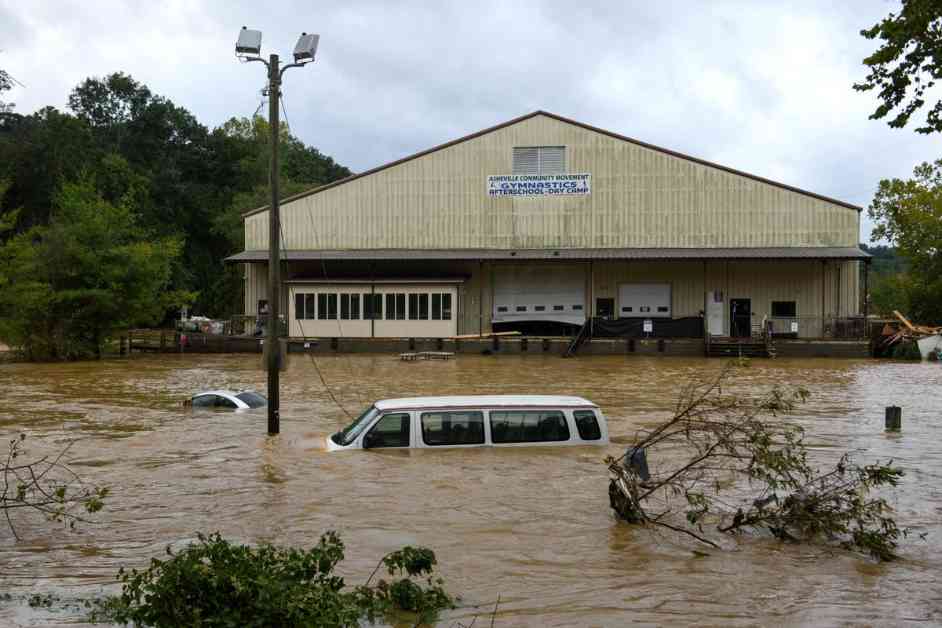Communities across the Southeast are facing the aftermath of Hurricane Helene, one of the most destructive disasters in the country’s history. The devastation spread from Florida’s Gulf Coast to southern Appalachia, highlighting the increasing impacts of climate change. Rising temperatures are leading to stronger hurricanes that can affect regions across the country.
Asheville, North Carolina, known as a “climate haven,” experienced severe flooding, showing that no area is immune to climate-fueled disasters. The storm caused over 60 deaths in at least five states, with more expected to be reported. Millions lost power, and property damages are estimated to reach tens of billions of dollars.
President Joe Biden declared major disasters in parts of Florida, Georgia, North Carolina, and Virginia, making households eligible for emergency aid. The storm is projected to be one of the costliest disasters in the U.S., with estimated damages ranging from $20 billion to $110 billion.
From Florida to North Carolina, communities faced record-breaking rainfall, floods, and power outages. The National Guard conducted rescue operations, and many roads remained closed. Western North Carolina, which typically avoids hurricane impacts, saw unprecedented devastation, with many areas receiving over 10 inches of rain.
The lack of flood insurance in heavily flooded North Carolina counties poses a challenge for rebuilding efforts. Only a small percentage of households have flood insurance through FEMA, highlighting the need for better preparedness for future disasters.
The full extent of the damage from Hurricane Helene is still unknown, as assessments continue in the hardest-hit areas. The storm serves as a stark reminder of the need for climate action and preparedness in the face of increasingly severe weather events.










